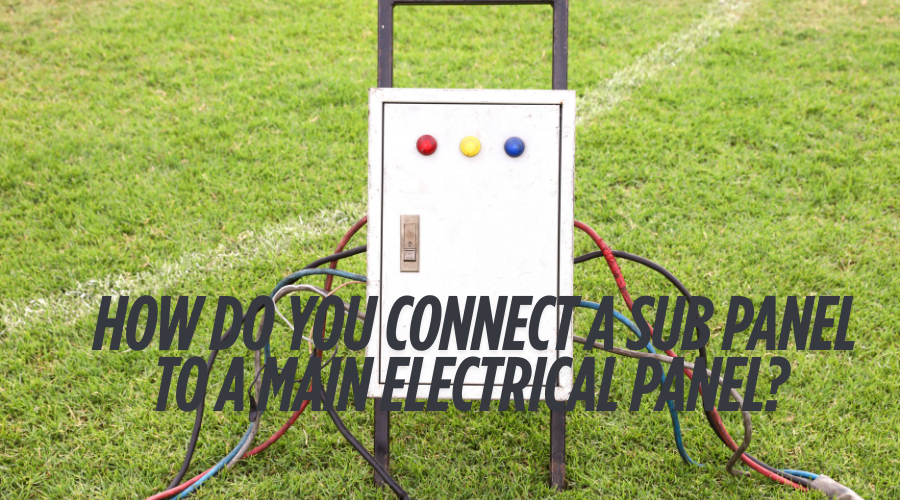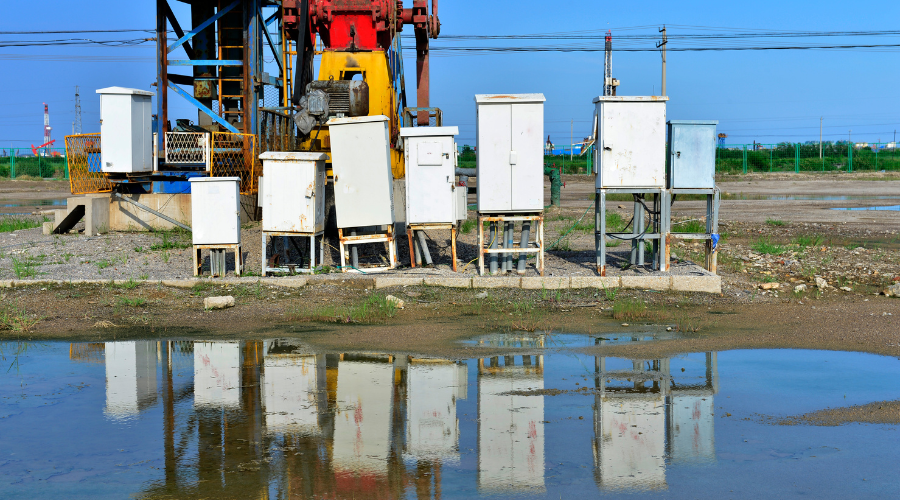


If you are adding another room to your home or office you will need to add more circuits or increase your electrical load And for this installing a subpanel is a must. A subpanel acts as an addition to the main electrical panel, functioning as a power distribution box that connects to your main panel. It helps you distribute power to specific rooms or areas. Proper wiring is essential to ensure the subpanel is installed safely and works correctly. This post delivers a detailed manual on how to install a subpanel so that you know can either install it yourself or even if you are employing an electrician for the job you at least know
A subpanel is smaller panel that is fed from a larger overhead electrical panel in most buildings. Its application is usually dedicated to certain designated sectors of the building. Subpanels are often installed far away from the sub-panels or central panel, but they are necessary when the main panel is incapable of accommodating further circuits or electrical loads.
Learning how to wire a subpanel basically means an increase in the electricity capacity of your home or building, with more efficient distribution to a particular area or circuit. Therefore, proper installation wiring is most valuable in the installation of sub-panels.
Subpanel: Choose a subpanel that is the matching size and capacity for your needs. Also check compatibility with your main panel, as it must of comply with local electrical codes and regulations.
Circuit breakers: Appropriate circuit breakers should be chosen for the subpanel according to the electrical load and the actual number of circuits to be added.
Wire: Select the right type and wire thickness or the electrical load and distance from the main panel to the subpanel. Copper wire is best for subpanel wiring.
Grounding rod: The grounding rod connects with the grounding wire of the electrical system so that it gives a safe path for electric current flow in case of fault or electrical surges.

With materials in hand and planning done, you may begin the installation of the subpanel wiring. If you carry out all the suggested actions, you can install the subpanel without any risks, you can DIY installation of the subpanel safely.
Place the subpanel in an area where it can be accessed and proper ventilation is provided. Secure the subpanel to the wall or the chosen surface using suitable screws or wall brackets.
The ground wire should be bonded on one end with the grounding rod. The wire is being carried from the grounding bar to a rod that is vertically installed into the ground, outside the building. It is the link between the apparatus and the earth for safety against electrical hazards.
Use the appropriate wire size and type to run wires to the subpanel from the main panel. Wires may be run through a conduit or wiring channel for protection. Make sure that the wires are cut to correct length and their insulation stripped-off for the connection with the subpanel.
Your subpanel will have a certain number of circuits and loads, so it will have circuit breakers to match. Make sure, shading your eyes with a swear word, that they are compatible with both subpanel and the electrical device the subpanel shall feed.
Use wire strippers to take off the insulation at the end of the wires. Attach the wires to the proper circuit breakers in the subpanel. Hot wires connect to breaker terminals, while neutral wires connect to a neutral bar. The circuit breakers should be firmly attached to the subpanel with screws.
The return wire is connected to the neutral bar in the subpanel. The neutral bar is usually on the left side of the panel in white or gray color coding. Ground wire is connected on the ground bar in the subpanel. The ground bar usually is on the right side of the panel with green color coding.
The hot wires are connected to the appropriate circuit breakers in the subpanel: hot wires attach to breaker terminals and must be color-coded as per the local electrical codes regulations. Red and black are typically used for hot wires.
Once the wiring is complete then you must turn on the power to see if the subpanel is functional. Before you switch on the power double-check that the wires are grounded and attached securely. Use a voltage tester to detect if the power is flowing to the subpanel. One by one switch on the circuit breaker to see if ach circuit is working. If you detect any issue turn off power and confirm if there is no lose connection.
Connecting a sub panel to the main electrical system helps expand power supply for bigger homes, garages, or addition projects. The process requires careful planning of the electrical load, selecting the correct wire size, and installing the right breaker. Proper grounding and bonding are essential and must follow local electrical codes. While skilled DIYers can handle this work, safety is critical—mistakes can be dangerous. Most homeowners should hire a licensed electrician to do the job right and ensure it passes inspection. When installed properly, a sub panel keeps circuits organized, safe, and easy to access where needed most.
What size wire do I need to run a sub panel?
The wire size is calculated by the amperage rating of the sub panel, and also the distance from the main panel. For example, a 60-amp sub panel will use #6 gauge copper wire but if you are at a longer distance you may need to go with larger wire size due to voltage drop.
Do I need to install a grounding rod for a sub panel?
Yes, detached structures (such as a garage or shed) typically require a grounding rod. The main building will typically ground through the main panel system but you should always adhere to local electrical codes.
Can I connect a sub panel myself, or do I need an electrician?
Yes, if you have the electrical experience and understand your area codes you can install it yourself, however, because some mistakes can lead to serious safety issues, it is strongly suggested to have it installed properly by a licensed electrician including code compliance.
The advent of smart grids has changed how electric power is produced, distributed, and consumed.
READ FULLHigh Voltage Switchgear It is a
READ FULLTransformer substations are like the core of our electrical systems. They transfer power to our h
READ FULL